wikiHow is a “wiki,” similar to Wikipedia, which means that many of our articles are co-written by multiple authors. To create this article, 24 people, some anonymous, worked to edit and improve it over time.
There are 7 references cited in this article, which can be found at the bottom of the page.
This article has been viewed 127,399 times.
Learn more...
Medical schools teach that the most important step of making an accurate medical diagnosis is not the physical examination or expensive medical tests and equipment. The doctor is best served by taking a complete patient history. Surprisingly, most people do not know or remember many of the details of their own health. This is a frustration to all health professionals, and can contribute to a misdiagnosis and medical errors. Technology will eventually catch up with our need to have timely access to medical information. In the meantime, follow these steps to create a quick record of your past medical history.
Steps
-
1Request records from your primary care doctor. Explain that you are trying to maintain a personal health record, that they have your records and that you need and have every right to access them. If the office is using a modern computerized charting system, or if the doctor has been particularly diligent with the paper charts, a "Front Sheet" or "Cumulative Patient Profile" (CCP) may already be available to print or photocopy. If available, use the CCP to assist with the following steps.
-
2Write down your demographics. Include the following:[1]
- Full name
- Date of birth
- Sex
- Health insurance information (provider, policy number)
- Next of kin and/or Power of Attorney for Care
- Addresses and phone numbers
- Name and phone number of primary care provider
- Name and phone number of pharmacy
Advertisement -
3List your medical, surgical and family histories:
- All known medical diagnoses, past and present
- All surgeries, with name of surgery, date, and outcome
- Allergies, especially to medications, and what reaction you had[2]
- Names, specialties, and phone numbers of any physicians who are still following you
- List significant diagnoses or severe illnesses of close family members, such as parents and siblings.[3]
-
4Include a complete list of the medications you are taking:[4]
- Prescription medications including dose and number of times per day taken.
- Specialized treatments such as chemotherapy, drug trials, medication injections
- Over-the-counter medications, i.e., Tylenol, Gravol
- Herbal remedies, vitamins and supplements
- Cigarettes per day
- Alcohol consumption per day (average), week, or month
- Recreational drugs, if any (marijuana, cocaine, etc.)
-
5Summarize the results of any medical tests you have access to.
- Most recent sets of blood work (if there has been a significant change, include the older set too)
- Written report of x-rays and scans[5] (there is no need to bring the actual films or CD unless seeing a specialist in that field)
- If you have ever had any cardiac issues, a photocopy of your most recent electrocardiogram (ECG). This is very important, as most cardiac care is time-dependent.
-
6If it applies to you, include the number of times you've been pregnant. This is especially important if you are currently pregnant or undergoing fertility treatment. Be detailed with this information. Include all pregnancies, the duration and the outcome. It may be upsetting to write clinically about a still birth or miscarriage but this information might be important to your health care and the outcomes of any current or future pregnancies.
-
7Consider writing advanced care directives if you consider yourself elderly, have ever had any life-threatening conditions or have specific care requests. For instance:
- Full Code - If you are unable to say otherwise, all medical measures will be taken, including life support.
- DNR - "Do Not Resuscitate"
- No CPR, no ventilation, no life support
- No blood transfusions
- Organ donation authorized
-
8Type out all the info on one side of a single sheet of paper. Sign and date the sheet. Keep this emergency information with you at all times.
Warnings
- Don't assume that technology will make your job as a patient easier. People are on a larger variety of more complicated treatments. They are living longer with diseases that used to be fatal. There is a greater (and unmet) expectation on the part of the public that, somehow, all their medical information is available by computer and shared between all relevant parties. Up to now, this is NOT the case. Even in a modern hospital emergency department, where the most acute care is provided, many patients are treated even when there is no access to any previous health records.⧼thumbs_response⧽
- This CPP serves the same purpose as a cover letter in a job interview. It's best kept to a single page; if it takes longer to read than it does to hunt for the information in other ways, the doctor may not be able to give it the time it deserves.⧼thumbs_response⧽
- Do not omit or falsify any information. Your life may depend on the accuracy of your summary, particularly if you come to the hospital in a critical state and cannot speak for yourself.⧼thumbs_response⧽
References
- ↑ https://www.mayoclinic.org/healthy-lifestyle/adult-health/in-depth/medical-history/art-20044961
- ↑ https://www.nhs.uk/using-the-nhs/about-the-nhs/your-health-records/
- ↑ https://www.webmd.com/a-to-z-guides/what-is-my-medical-history
- ↑ https://www.uncpn.com/app/files/public/664e1f36-c9bf-4f5f-a03d-93f7ced2b564/uncpn-form-new-patient-medical-history.pdf
- ↑ https://www.nhs.uk/using-the-nhs/about-the-nhs/your-health-records/
- Wikipedia entry on "Personal Health Record"
- Wikipedia entry on "Do Not Resuscitate"
- Wikipedia entry on "Medical identification tag "


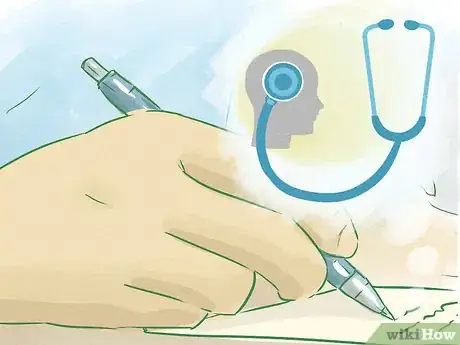
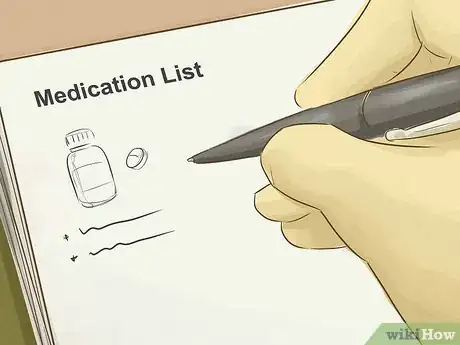
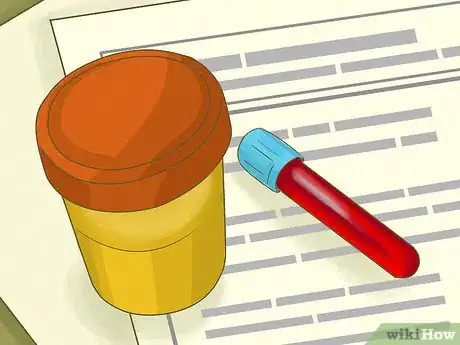



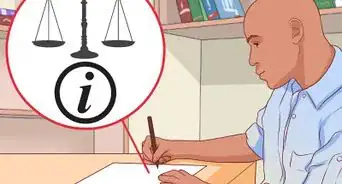
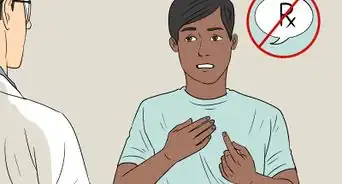
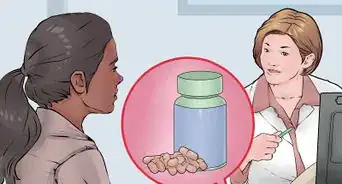

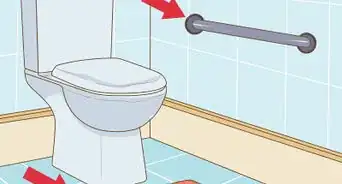

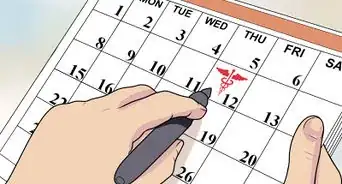

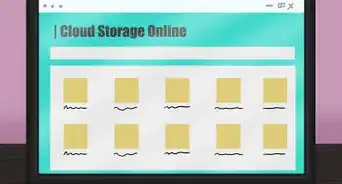


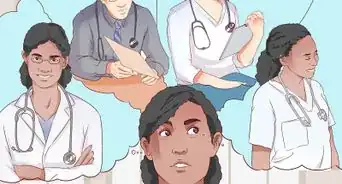









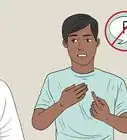




































Medical Disclaimer
The content of this article is not intended to be a substitute for professional medical advice, examination, diagnosis, or treatment. You should always contact your doctor or other qualified healthcare professional before starting, changing, or stopping any kind of health treatment.
Read More...